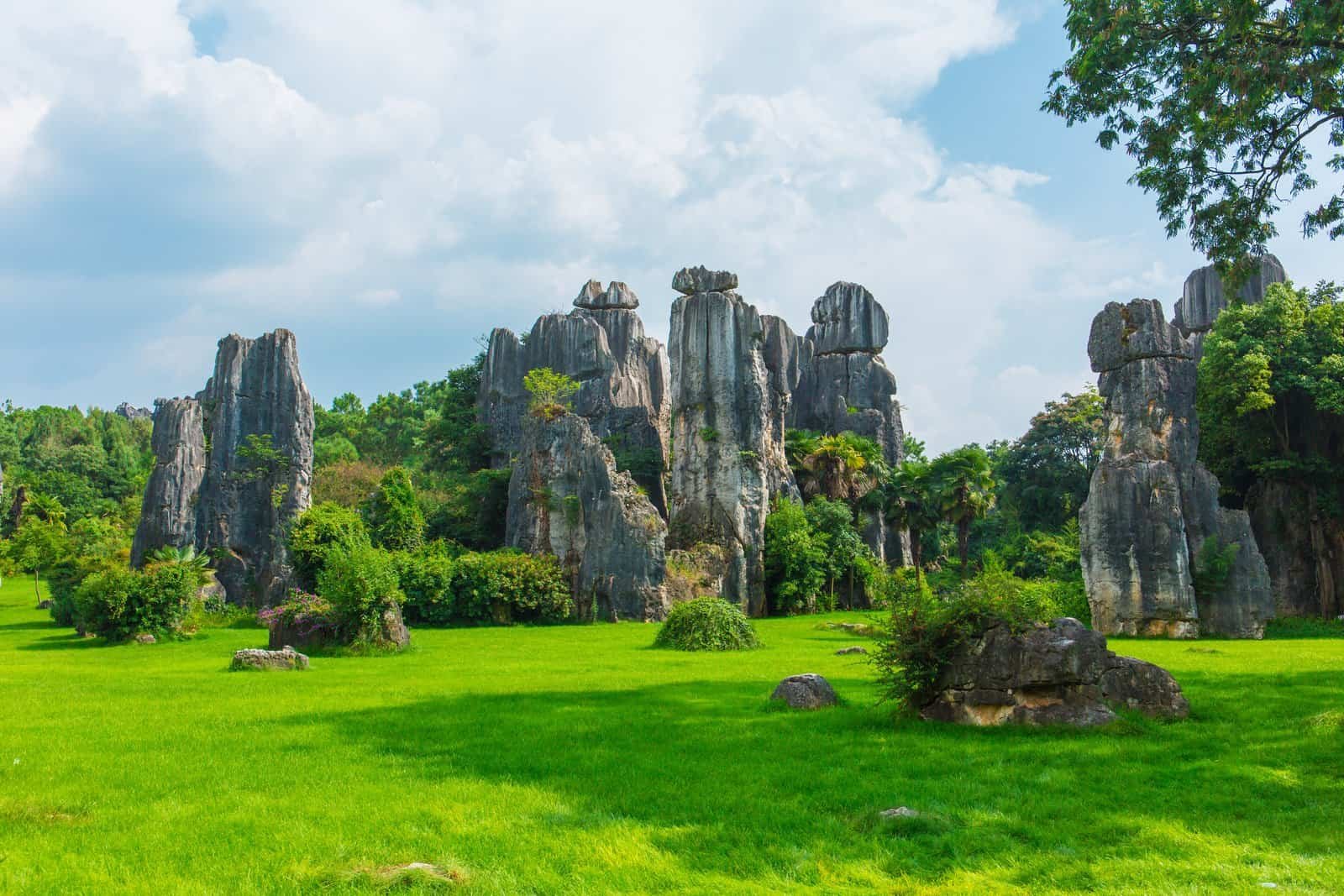China is huge. Its land is full of wild contrasts, and its deep cultural heritage spans millennia. Yunnan, lies in the southwest, is home to volcanoes, snow mountains, deep gorges, and over 25 ethnic groups. By contrast, Suzhou, sits in the east, is famous for its silk, gardens, canals, and many serene water towns. Not too many people relate them to the same picture. Yunnan tours lead visitors to rugged peaks and ancient ethnic villages, while Suzhou tours are often packed with quiet water towns and elegant Chinese gardens. So together, they offer a rare blend of resilient strength and harmonious peace. You can combine these two destinations to make a journey like no other.
Yunnan: Nature’s Boldest Canvas
Yunnan sits on the edge of the Himalayas. In Dali, stone streets lead to past Bai-style homes and quiet temples. In Lugu Lake, water reflects clouds and pine forests. Mosuo women row boats across the calm, blue surface. Yunnan tours take you through ancient towns, valleys, and sacred lands shaped by many cultures.

Its land rises into high mountains and drops into deep valleys. It has active faults and old volcanoes. The Tengchong volcanic group still shows geothermal activity. Stone Forest, or Shilin, has giant limestone pillars shaped by millions of years of erosion. Tiger Leaping Gorge cuts nearly 3,800 meters deep between Haba Snow Mountain and Jade Dragon Snow Mountain. Meili Snow Mountain reaches 6,740 meters and is sacred to Tibetan people. Locals believe its peak should never be reached by mortals. Yunnan adventure tours lead travelers through wild terrain, hidden caves, and ancient tribal lands. Nature speaks loudly here—in lava rock, echoing cliffs, and the thin air above the clouds.

Yunnan weather changes fast. The south, like Xishuangbanna, is hot and humid all year. Rainforests grow there. The north, like Shangri-La, has cold winters and thin air. Spring (March to May) and autumn (September to November) are the best time to visit Yunnan. During these periods, the skies stay mostly clear, and the air feels fresh but not too cold.
Suzhou: Eternal Elegance by the Canal
If Yunnan shows nature’s wild side, Suzhou shows China’s soft beauty. Joining Suzhou tours brings calm after Yunnan’s wild landscapes. Visitors can watch performances in historic teahouses by the canals, where the music flows as gently as the water below.
The city sits in Jiangsu Province, just west of Shanghai. People call it the “Venice of the East” because of its many canals. Suzhou’s history goes back over 2,500 years. Its old town still has narrow lanes, arched bridges, and white walls with black-tile roofs. The city is also famous for its classical gardens. UNESCO has listed nine of them as World Heritage Sites. Each garden uses rocks, water, and plants to form a peaceful scene.
A grand canal tour in suzhou takes you along the oldest and longest man-made waterway in the world. The Grand Canal runs over 1,700 kilometers from Beijing to Hangzhou. Suzhou is one of its most beautiful stops. The canal shaped Suzhou’s economy, culture, and daily life for over 2,500 years. Wooden boats still drift past stone bridges and whitewashed houses. Locals sell snacks from boat windows. The city’s layout follows water. Its gardens reflect perfect symmetry. In Suzhou, buildings, trees, and rivers feel like part of the same quiet rhythm.

